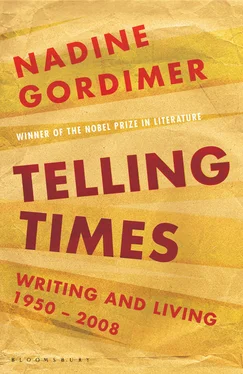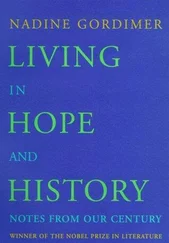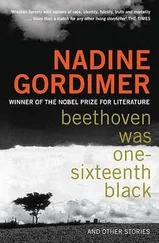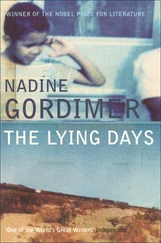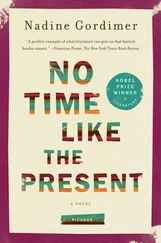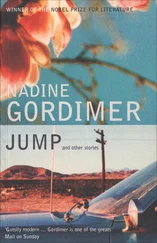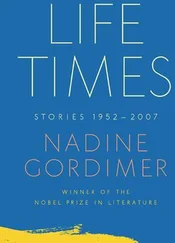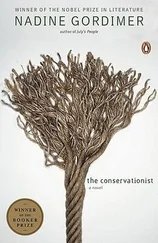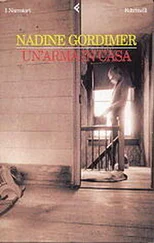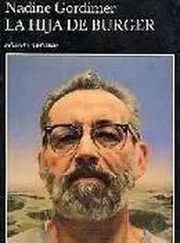2003
Witness — Past or Present?
Like all witnesses to human acts that come second-hand, the reactions of visitors to museums dedicated to horrors perpetrated in the past, differ.
The United States Holocaust Museum in Washington opened in 1993. The Apartheid Museum in Johannesburg, 2001. The Jewish Museum in Berlin, 2001. While no one questions the need for such institutions to confront us with a past still within living memory of many, there are criticisms that come between awed acceptance and total dismissal of the achievement.
I think we have first to consider the way in which the definition ‘holocaust’ has come to be dispersed in meaning quite far from the dictionary one: the intent of genocide. We now report any massacre between factions, nations, as a holocaust, though the violent intention is to gain power over others, not wipe them off the face of the earth. This brings into question whether the old narrow definition was correct, and a case is demonstrable in the differences between the three museums. The Washington museum illustrates a holocaust, the intention to kill all Jews in Germany and the countries it occupied. The Berlin museum and the Johannesburg museum share with it a related but different, double purpose: the Jewish museum chronicles the political and cultural history of Jews in Germany before the Nazi extermination came into practice, as well as the experience of that period; the apartheid museum creates the African pre-colonial background, the period of early white settlement, the effect of exploitation, industrialisation, loss of land tenure on Africans, as well as their political subjection, and focuses on the black population’s struggle to attain ultimate freedom. Perhaps the present-day meaning of ‘holocaust’ extends to any attempt by any means to kill the right of a people to live without discrimination and oppression?
The three museums are all subject to criticism in both their shared and specific aspects. We visitors are onlookers at a distance of time and space. The process called perspective.
A recurrent criticism of the Holocaust Museum is that a museum of the Nazi holocaust should be one encompassing and dedicated to the experience of all who suffered it, six million Jews, five million anti-Nazi activists, homosexuals, Gypsies and others. The counter-argument is that the Nazis’ avowed holocaust was the culmination of a unique 2,000-year-old history of persecution of Jews. The lingering smell of the shoes of gas-oven victims, relics in the museum, perhaps brings ominous understanding, unspecified , of what genocide means.
For eighteen months after the opening, the Jewish Museum in Berlin was empty. I visited when the exhibits were in place, but there was something new to me — the impact of architecture as a blow-in-the-chest statement. Daniel Libeskind’s building is an affront in itself: the affront of harassment, enclosure, the persecution of walls, material and ideological. Some opinions are that it should have been left empty, in that statement. The exhibits attempt to recreate the life, culture and beliefs of German Jews since medieval times, even earlier. Critical debate has been rough: the museum creates ‘a Disney world aesthetic’, 1it is ‘a gigantic misunderstanding … a failure … simplifying the facts’. Yet it is demonstrably honest about the uncomfortable facts of the assimilation attempts of German Jews in the nineteenth and early twentieth centuries, as well as their remarkable contributions to German cultural life — which drained away under Nazi persecution, mainly to the benefit of the United States. There is displayed the German-Jewish Christmas tree, and the silver basin and ewer provided by a prominent family who desperately tried to hedge prescience of a coming fate by having some of their sons baptised Christian while the others remained Jewish. The holocaust documents and photographs are somehow more personal than the evidence in the Washington museum. There is criticism that this testimony of the dead needs to be completed by accounts of the lives of German Jews in the diaspora; apparently the extension is planned.
A casino deal was the origin of the Apartheid Museum in Johannesburg. Bidders for a gambling licence were awarded it on condition they include in their amusement complex a ‘social responsibility’ project. The fact that the museum shares a site with a giant roller-coaster offends people like me, who find this demeaning of the dignity of the South African freedom struggle — but the fact is we, our African National Congress majority government and the political movements to which we belong, talked about but never achieved an apartheid museum for ourselves. Once your back is turned on the roller-coaster-casino complex, the museum building, work of South African architects, has much of the impact of the Libeskind one, indeed recalls it, bringing two forms of stark racism appropriately together, the Nazi and the apartheid.
At the entry you buy a plastic card: if you are white, it states you are black, if you are black, it labels you white. You enter through separate adjoining spaces; so black experiences the privilege of being white, and white experiences the discrimination of being black. The journey within the museum has this striking underlying theme, with the documents, the vocabulary of discrimination, its crudity and cruelty. But emphasis, finally, is on resistance — the freedom movements and their heroes. There is much criticism of who and what is left out. Some see the museum as concentrating on the role of the African National Congress in liberation, although there was an alliance of the ANC with the South African Indian Congress and the South African Communist Party. White liberals say they have been ignored; the Pan-African Congress finds its role in liberation underplayed; there are faces and names, deeds, missing or passed over in a TV clip.
What is the object of such museums? It’s accepted that by confrontation with the gross inhumanity of the past in the Washington Holocaust Museum, the Berlin Jewish Museum, the Johannesburg Apartheid Museum, what we witness we shall never be any party to. It shall never happen again.
But while facing the past, it is happening again in parts of our globalised world; has been happening: from ethnic cleansing in Bosnia, tribal genocide in Rwanda, to the devastation of lives in conflict between the Christian faithful and the Muslim faithful in Côte d’Ivoire, the destruction of Palestinian lives by Israel and the taking of Israeli lives by Palestinian suicide bombers. A visitor to the Washington Holocaust Museum remarked to writer Philip Gourevitch in 1995, ‘We know the atrocities that happen in the world right now. And what are we doing? We’re sitting in a museum.’ 2
We’re still there, eight years later.
2003
Can there be the phenomenon of a world state of mind? Some such surely has existed for the past many weeks, except, perhaps, in those enclaves, isolated by nature — if impenetrable forest, impassable ice haven’t been finally invaded by information technology. There used to be people who were come upon in their remote fastnesses, after wars, unaware that war had happened. We have a conscious world as never before; awareness of an impending war between the dominant power among nations and an opposing power of amorphous capacity (who knows for sure who will join forces in religious solidarity) has been an all-pervading change of global climate which we all have breathed in. On an ostensible issue of weapons of mass destruction many reactions come forth: anger, belligerence, disbelief, holy outrage from the Faithful of Democracy and the Faithful of Islam. Among enemies, fearing poison gas and unseen infection by disease (for won’t the gas blow back upon, won’t the disease infect those who distribute it) there’s a miasma of that climate no special clothing, no masks and plastic-hung shelters can protect against. Fear. It’s unacknowledged; shared by friend and foe if nothing else is.
Читать дальше
